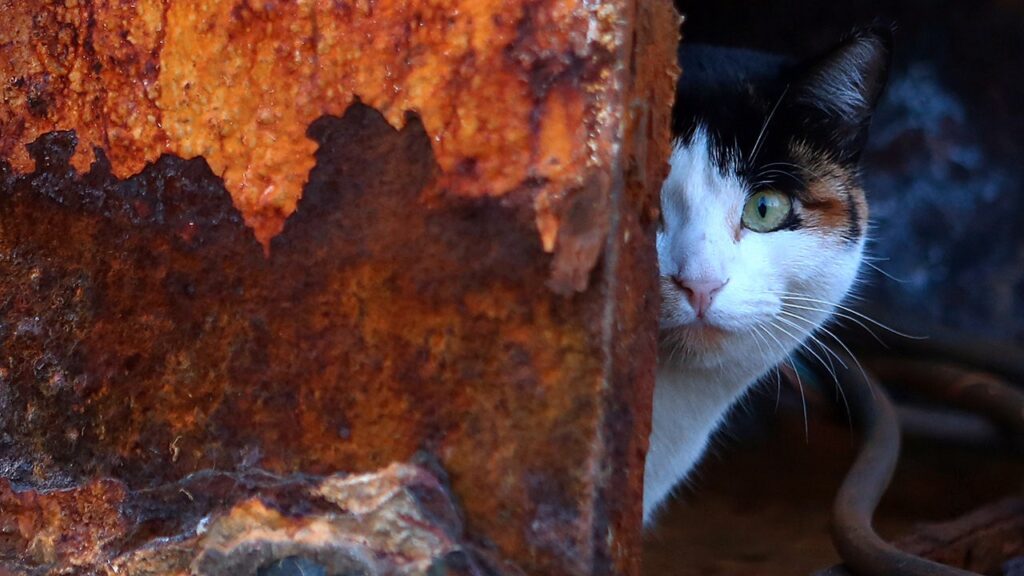A recent study highlights a fascinating chapter in the history of human-animal relationships, particularly focusing on domestic cats. These creatures have shared a bond with humans for millennia, and the remains of two domestic felines found in a Spanish shipwreck, nearly 500 years old, are believed to represent one of the earliest instances of cats in what is now designated as the United States. This remarkable discovery sheds light on the role these animals played during a significant period of exploration and colonization.
The vessel in question is the Emanuel Point II, a Spanish conquistador ship that met its demise in Pensacola Bay, Florida, during a powerful hurricane in 1559. Since its discovery in 2006, researchers have unearthed remnants of both an adult and a juvenile cat from the wreckage, presenting a unique opportunity to study the dietary habits and living conditions of these animals. The findings were documented in a study published in the journal *American Antiquity*, revealing insights that contribute to our understanding of domesticated animals during historical periods.
In the study, the researchers articulated that the presence of cats on ships was not merely a matter of companionship but rather a practical solution for controlling rodent populations. As sailors embarked on long voyages, their ships often became infested with rats and mice, which posed a threat not only to food supplies but also to the overall hygiene and health on board. Consequently, cats were valued for their ability to hunt these pests, ensuring a more sanitary living environment for the crew.
Interestingly, the analysis of the remains from the Emanuel Point II suggests that the adult cat primarily subsisted on a diet rich in fish and possibly some domestic meats, rather than relying solely on hunting rats. This finding leads researchers to speculate whether the cats were intentionally brought on board for their pest control abilities or if they were included as companions, nurtured by the sailors. John Bratten, an anthropologist from the University of West Florida and a co-author of the study, mentioned that it is intriguing to consider whether these animals were cared for simply out of affection or necessity.
The investigation into the two felines is part of a broader exploration of early cat remains in the United States; other notable findings include skeletal remains from early colonial settlements in St. Augustine, Florida, and the British colony of Jamestown, Virginia. Historical records also suggest the possibility that cats were present aboard the Mayflower, further emphasizing their role in early American history.
Moreover, it is essential to understand that cats are not indigenous to North America. Their origins trace back to the Middle East, and they were introduced to Europe long before being brought across the Atlantic by European explorers and settlers. According to researchers, these initial introductions were predominantly for the purpose of pest control in the burgeoning agricultural landscapes of Europe.
Despite their importance, the study highlights that cats have often received limited archaeological attention. Their independent nature makes it challenging to unravel the complexities of their interactions with human societies, prompting researchers to delve deeper into their historical presence. The researchers underscored the dual nature of the cats’ existence on ships—serving both practical purposes as pest control and possible roles as companions, which suggests a multifaceted relationship between sailors and these creatures.
As we contemplate the legacy of cats throughout history, it is noteworthy that today nearly one in three households in the United States includes a pet cat. This enduring bond between humans and cats continues to thrive in contemporary society, showcasing their cultural and emotional significance. Ultimately, the discovery of these feline remains provides invaluable insights into not only the history of domestic cats but also their evolving status and the complex relationship they have maintained with humanity over the centuries.



